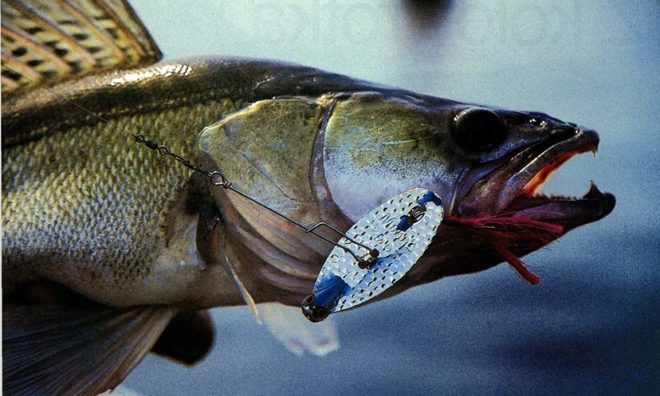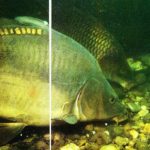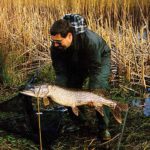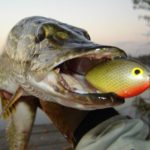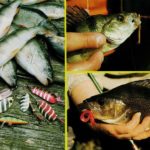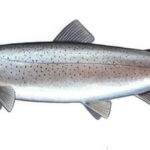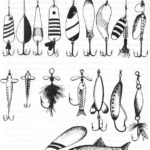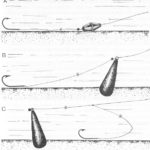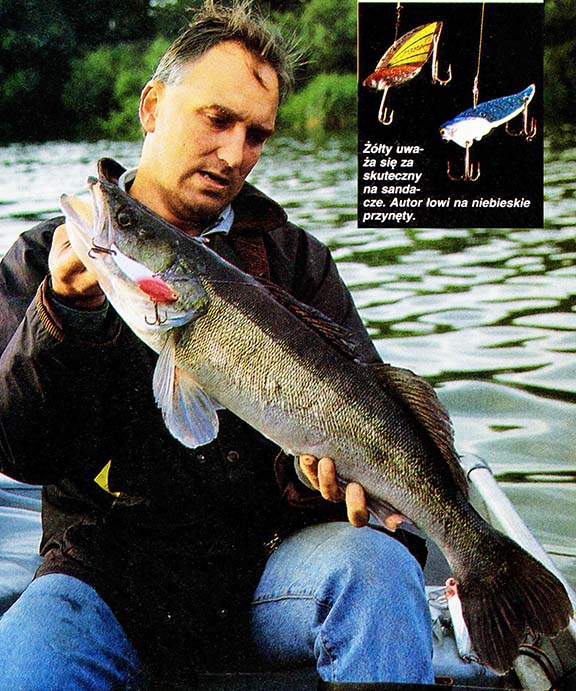 Jesienią, gdy liście opadają z drzew, wiele ryb drapieżnych pada łupem wędkarzy. W okresie tym skuteczną przynętą są pilkery balansowe.
Jesienią, gdy liście opadają z drzew, wiele ryb drapieżnych pada łupem wędkarzy. W okresie tym skuteczną przynętą są pilkery balansowe.
Późny wrzesień, październik i przede wszystkim listopad – trudno sobie wyobrazić lepszy okres na łowienie ryb drapieżnych. W przyrodzie trwają gorączkowe przygotowania do zbliżającej się zimy, ryby drapieżne żerują na całego. Uwarstwienie termiczne wody zmienia się dosłownie z dnia na dzień. Silny wiatr ciągle miesza ciepłą i zimną wodę, wszystkie ryby szukają sobie nowych stanowisk. Sandacze szybko migrują do głębszych miejsc, okonie stoją nieruchomo nad dnem i coraz rzadziej udaje się je zaobserwować na powierzchni wody. Tak skuteczne latem techniki łowienia teraz całkowicie zawodzą. Nastał czas ciągłych zmian taktyki i przynęt sztucznych. Jesienią obowiązuje tylko jedna jedyna zasada – przynęta musi jak najwolniej i jak najdłużej pracować tuż nad dnem, czyli w pobliżu stanowisk ryb.
Najlepiej na pilkery balansowe
Zwykłe twistery oraz bardzo głęboko schodzące woblery są dość dobrymi przynętami na jesienne drapieżniki. Od pewnego czasu jesienią najlepsze efekty mam jednak na tak zwane pilkery balansowe – wiele razy udawało mi się już jednego dnia złowić na nie dziesiątki okoni i sandaczy. Także szczupaki, a nawet bardzo duże szczupaki, rzadko kiedy potrafią się oprzeć tej sztucznej przynęcie. Jeżeli zaczniecie łowić na pilkery balansowe i od razu będziecie wszystko robić prawidłowo, prawdopodobnie szybko dojdziecie do wniosku, że jest to jakaś cudowna przynęta. W rzeczywistości jednak skuteczność pilkera balansowego, podobnie zresztą jak każdej innej przynęty sztucznej, jest także ograniczona. Mówiąc innymi słowy – przynęta ta jest łowna tylko od wczesnej jesieni do początku grudnia. Później, dla odrętwiałych ryb drapieżnych ruchy pilkera balansowego są już, że tak powiem, zbyt frywolne. No i co, w dalszym ciągu podoba się Wam ta przynęta? Jeżeli tak, to przejdźmy do detali.
Wielkość i masa
Pilkerów balansowych jest mnóstwo, w tym także takie modele, które nie zawsze nadają się do naszych celów. W wielu przypadkach nie zależy to jednak od samego pilkera balansowego, lecz od parametrów używanego kija spinningowego. Tak jak każda przynęta sztuczna, pracujący pilker balansowy stawia w wodzie pewien opór. I właśnie ten opór nie powinien przeciążać wędziska. W momencie gdy uaktywnimy pilkera, to znaczy poderwiemy go płynnym ruchem mniej więcej na metr nad dno, wędzisko od razu się wygina. Jeżeli wygnie się za bardzo, będziemy źle czuli pracę pilkera, a także nie zauważymy wielu brań. Na dobrą sprawę pilker powinien przyginać tylko szczytówkę – wędzisko będzie wtedy jeszcze na tyle sprężyste, aby można było skutecznie zaciąć biorącą rybę. Mówiąc innymi słowy – o tym, czy będziemy łowili lekkim, czy też ciężkim sprzętem decydują głównie łowisko oraz panujące w nim warunki. Przy słabym wietrze i w płytkim akwenie wskazane jest użycie lekkiego spinningu, natomiast w głębokim łowisku i podczas wiatru, raczej ciężkiego zestawu. W silnym prądzie wody także musimy się liczyć z koniecznością zastosowania cięższych przynęt. Większa masa przynęty obliguje nas do sięgnięcia po cięższe wędzisko spinningowe. Poszczególne pilkery balansowe nie różnią się jednak aż tak bardzo pod względem masy. Mówiąc o wędziskach, mam na myśli kije o ciężarze rzutowym od 10 do 20, maksymalnie do 30 gramów. Osobiście do spinningowania pilkerami balansowymi używam tylko dwóch wędzisk. Optymalny ciężar rzutowy lżejszego kija wynosi 12 g. Spinningując tym kijem używam pilkerów balansowych o masie od 8 do 14 g. Do łowienia cięższymi przynętami najlepszy jest kij o ciężarze rzutowym 18 g.
Idealny ciężar rzutowy
Jak oblicza się idealny ciężar rzutowy wędziska? To bardzo proste.
Przypuśćmy, że producent sprzętu określił ciężar rzutowy wędziska w przedziale od 10 do 20 g. Średnia wartość, a więc 15 g, jest więc idealnym ciężarem rzutowym. Jeżeli takim kijem będziemy spinningowali przynętą o masie 15 g, to w pełni wykorzystamy wszystkie zalety naszego sprzętu – nie mówiąc już o długości i precyzji rzutów oraz pełnym kontakcie z przynętą. Żyłka, podobnie jak masa przynęty, także musi być idealnie dostosowana do wędziska. Dzięki nowej generacji plecionek wędkarskich nie ma z tym najmniejszego problemu. Jeżeli na przykład musimy poprowadzić pilkera balansowego na głębokości ponad dziesięciu metrów, rozciągliwość żyłki monolitycznej jest już tak duża, że trudno wyczuć pracę przynęty. Łowiąc na plecionkę wygląda to zupełnie inaczej – każde, nawet najlżejsze trącenie przynęty jest doskonale przenoszone na wędzisko. Na początku zimy powinniśmy łowić na jak najcieńsze plecionki, najlepiej o wytrzymałości od trzech do pięciu kilogramów. Odpowiada to średnicom od 0,12 do 0,20 mm.
